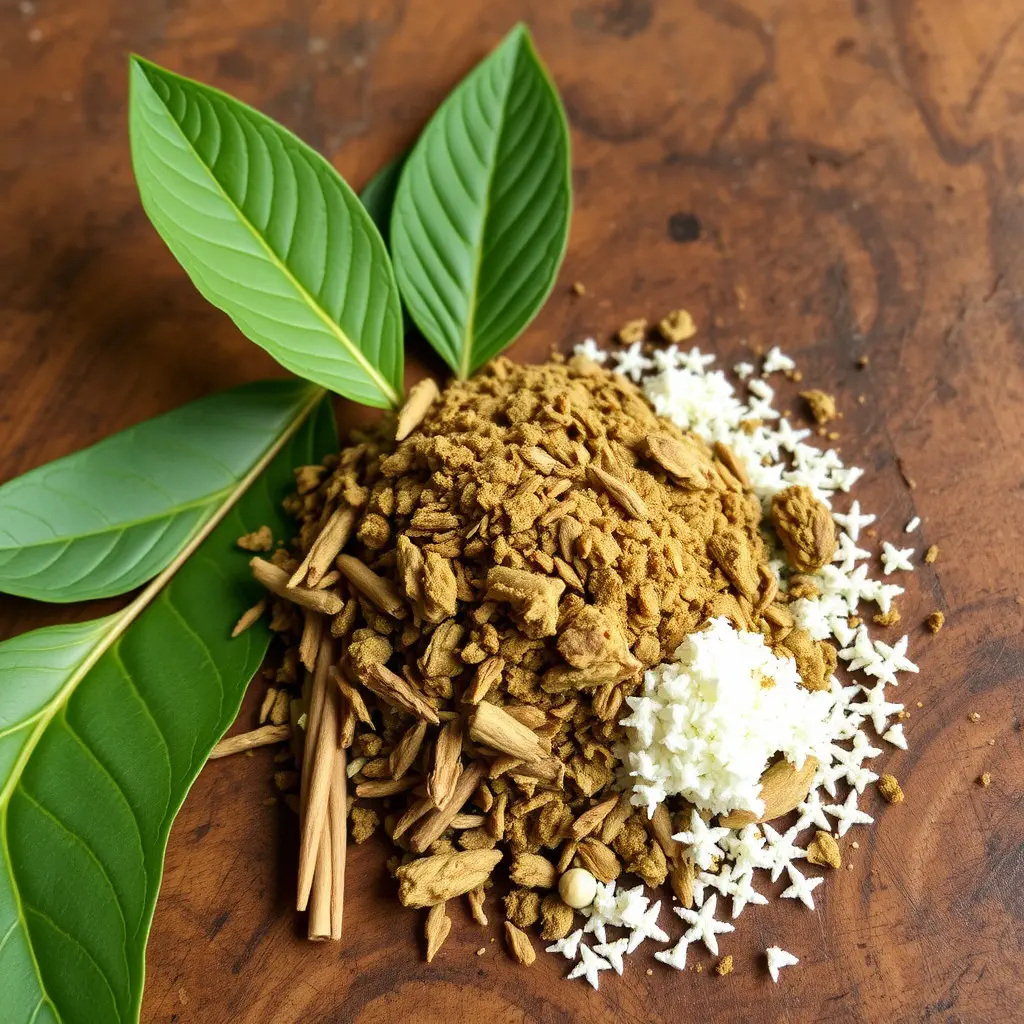In Indiana, while personal possession of kratom is legal, selling and distributing it requires strict adherence to state regulations set by the Indiana Department of Health. The Indiana kratom law allows access for pain relief or athletic performance enhancement while ensuring consumer safety and responsible vendor practices. Athletes considering kratom should approach it with caution, use informed decision-making, and consult healthcare professionals specializing in kratom usage for safe integration into athletic routines, adhering to the 0.3% mitragynine content limit outlined by the law.
In Indiana, where the kratom law is uniquely structured, athletes are exploring alternative performance-enhancing strategies. This article delves into the world of kratom, a natural herb with potential benefits for athletic prowess. We provide a comprehensive overview of Indiana’s kratom legal status and explore its role in enhancing exercise tolerance and recovery. Furthermore, we guide readers through safe usage practices, offering insights on how to navigate this alternative supplement with expertise. Discover the potential benefits and learn from expert advice on kratom consumption for improved athletic performance, all while adhering to Indiana’s specific regulations.
- Understanding Kratom and its Legal Status in Indiana: A Comprehensive Overview
- Exploring the Role of Kratom in Athletic Performance Enhancement
- Navigating Safe Usage and Potential Benefits with Guided Kratom Consumption
Understanding Kratom and its Legal Status in Indiana: A Comprehensive Overview
Kratom, a natural herb derived from the plant Mitragyna speciosa, has gained popularity for its potential health benefits, including its ability to enhance athletic performance. However, navigating the legal status of kratom can be complex, especially in Indiana, where regulations vary. In the state, kratom is considered legal under certain conditions but faces restrictions that users should be aware of.
Indiana’s kratom law allows for the possession and use of mitragynine, the primary psychoactive compound in kratom, as long as it is for personal use. The state has specifically exempted kratom from its controlled substances act, enabling access to this herb for those seeking natural alternatives for pain relief or athletic performance improvement. However, selling and distributing kratom products remain regulated, with vendors required to obtain licenses and adhere to specific guidelines set by the Indiana Department of Health.
Exploring the Role of Kratom in Athletic Performance Enhancement
Kratom, a natural herb with a rich history in traditional medicine, has gained attention in recent years for its potential benefits in athletic performance enhancement. While many athletes seek ways to boost their capabilities, it’s crucial to explore alternatives that align with ethical and legal standards, particularly considering the Indiana kratom law which regulates the possession and use of this substance. Within the realm of natural performance-enhancing strategies, kratom offers a unique blend of compounds known as alkaloids, including mitragynine and 7-hydroxymitragynine, that have shown promise in improving focus, energy levels, and pain management.
Research suggests that these alkaloids can positively impact athletic performance by reducing perceived exertion and increasing endurance during intense workouts. However, it’s essential to navigate this path cautiously, as the effects of kratom on individuals can vary widely. Furthermore, understanding dosage becomes critical, especially when considering the legal implications of using substances like kratom for performance enhancement, as outlined in the Indiana kratom law. Thus, athletes interested in exploring kratom should prioritize informed decision-making, seeking expert guidance, and adhering to local regulations to ensure a safe and legal approach to their fitness goals.
Navigating Safe Usage and Potential Benefits with Guided Kratom Consumption
Navigating safe usage of kratom for athletic performance enhancement requires careful consideration, especially in light of the Indiana Kratom Law that regulates its sale and possession. Guided consumption is key to unlocking potential benefits while mitigating risks. Under Indiana’s law, kratom products must contain no more than 0.3% mitragynine, the primary psychoactive compound. This ensures a safe dose for most users.
Guided kratom consumption involves understanding individual tolerance and needs. Starting with low doses and gradually increasing can help avoid adverse effects such as anxiety or insomnia. Athletes should aim to harness kratom’s natural pain-relieving and energy-boosting properties without compromising performance integrity. Consulting with a healthcare professional familiar with kratom usage can provide personalized guidance, ensuring safe and effective integration into athletic routines.
Kratom, a legal herb in Indiana with varying effects on the body, has shown potential in athletic performance enhancement. While further research is needed, guided consumption can offer safe and beneficial uses for athletes. Understanding the indiana kratom law and navigating its use with expertise is crucial to unlocking its advantages while mitigating risks. With proper guidance, kratom could be a game-changer for those seeking natural performance improvement.






